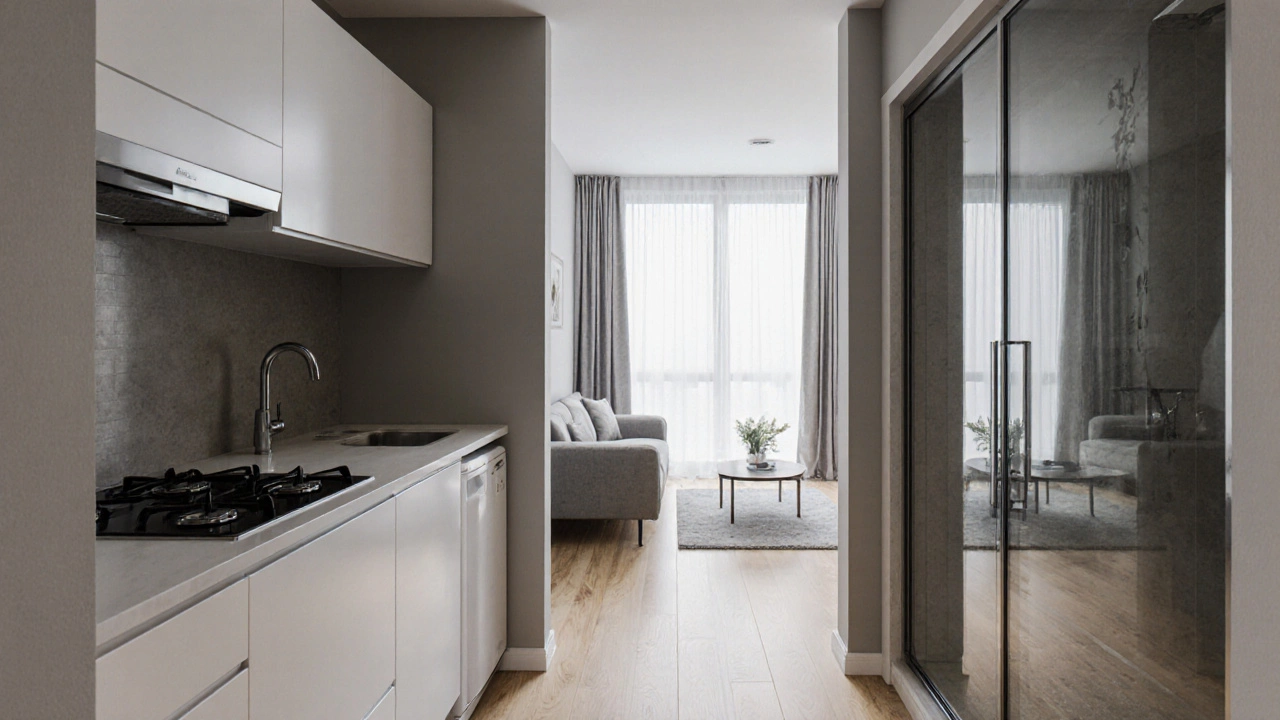Urban Rental Size: What It Means and Why It Matters
When discussing urban rental size, the amount of square footage or number of rooms in a city‑based rental unit. Also known as city rental dimensions, it helps renters gauge how much space they actually get for their money. In the same breath, apartment size, the total floor area measured in square feet or meters, often broken down by bedrooms and living areas is the core metric agents and listings use to set expectations. Most people think of size as just a number, but it directly shapes urban rental size trends, influences monthly costs, and determines whether a space feels cramped or comfortable. Understanding this link lets you compare listings without getting lost in jargon.
Key Factors That Shape City Rental Space
One major piece of the puzzle is room count, the number of separate rooms or defined living zones in a rental unit, such as bedrooms, kitchens, or combined spaces. A 2‑room apartment in Melbourne might be a single bedroom plus a living area, while a Japanese 3DK adds a dining‑kitchen space, changing how you use each square foot. The rule of thumb is that more rooms usually mean higher rent, but the actual cost per square foot can drop if the building’s overall footprint is large. This creates a semantic triple: urban rental size encompasses room count, and room count influences rental affordability. Speaking of affordability, rental affordability, the ability of a household to pay rent without sacrificing other essential expenses, often measured as a percentage of income hinges on both size and local market dynamics. In high‑density cities like New York, a 600 sq ft unit might cost the same as a 900 sq ft unit elsewhere, forcing renters to weigh space against budget. Another crucial element is the tenant rights, the legal protections renters have regarding lease terms, rent increases, security deposits, and habitability standards. Knowing your rights helps you negotiate size‑related clauses, such as whether a landlord can raise rent simply because the unit is smaller than advertised. For example, Baltimore’s lack of rent caps lets landlords hike prices on compact units, while Virginia’s 2025 rental laws require clear notice periods for any size‑based rent change. This establishes another semantic link: tenant rights regulate how urban rental size adjustments affect renters. When you combine room count, apartment size, and local tenancy laws, you get a clearer picture of what you can actually afford and how safe you are from surprise rent hikes. Finally, the broader urban housing market, the supply and demand ecosystem for rental properties within a city, shaped by factors like population growth, job opportunities, and zoning policies sets the baseline for size expectations. In booming tech hubs, developers often push for micro‑units to maximize profit per square foot, while in slower‑growth areas, larger apartments remain the norm. Understanding this market context lets you predict whether a given size is a good deal now or likely to become scarce later. All these pieces—apartment size, room count, affordability, tenant rights, and market pressures—interact to define the true value of any rental. Below you’ll find articles that break down each factor, from self‑managing a Virginia property to navigating NYC’s fast‑paced flat hunt, and everything in between. Dive in to see how the numbers, laws, and layouts shape your next city home.
What a 400sqft Apartment Looks Like - Layout, Design & Living Tips
by Arjun Mehta Oct 8 2025 0 ApartmentsExplore what a 400sqft apartment looks like, from floor‑plan layouts and furniture hacks to costs, pros, and design tips for compact urban living.
READ MORE